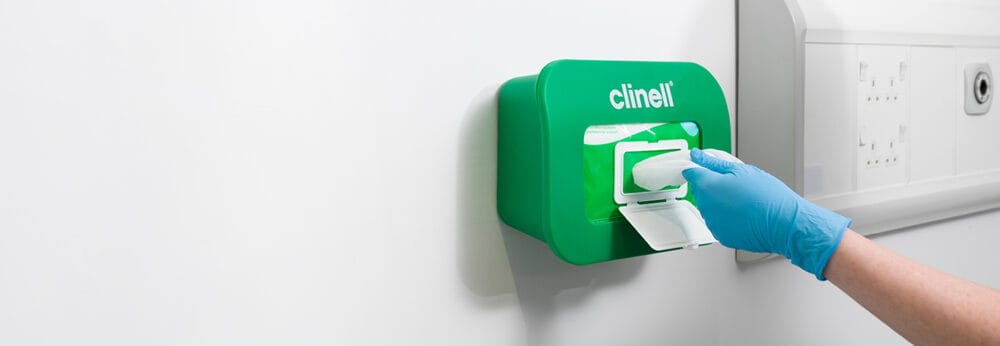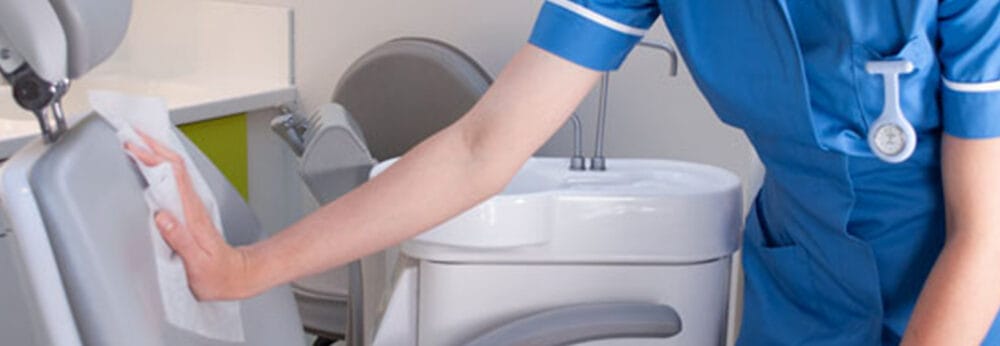Posts Tagged ‘Disinfectant wipes’
Choosing the right disinfectant wipe
There is a wide range of options when choosing the most appropriate disinfectant wipe. The University Hospitals Birmingham (UHB), that prompted this series, evidenced that switching from one disinfectant wipe strategy to a more effective one resulted in improved patient outcomes. Several factors influence the choice of wipe: intended application, range of microbial efficacy, staff acceptability and cost.The key consideration when selecting a…
Read MoreMicrofibre and water isn’t magical
There’s a word on the street that microfibre combined with water is suitable for all cleaning challenges. But a study from Prof Jean-Yves Maillard’s lab in Cardiff suggests that water and microfibre alone achieves only a moderate removal of bacteria from surfaces and readily transfers bacteria between surfaces. Adding disinfectants to microfibre enhances their efficacy considerably. The…
Read MoreWhat’s going on with surface disinfection in dental settings?
An interesting new article reviews the history and state-of-the-art for surface disinfection in dentistry settings. Historically, aerosols and sprays were the most common approaches to the delivery of disinfectants in dentistry. However, due to occupational exposure concerns, disinfectant wipes are quickly becoming the most common method for surface disinfection in dental settings. The article spans space and…
Read MoreDisinfectant wipes mop the floor with chlorine solution
There are few well-controlled studies investigating the impact of disinfectant wipes in a clinical setting compared with standard methods. A study from a group of researchers in Cardiff shows that one-step cleaning and disinfectant wipes are more effective than two-step detergent and chlorine solution cleaning / disinfection in removing microbial contamination from hospital surfaces. What was the…
Read MoreWhat healthcare workers should know about environmental contamination
A useful summary of current evidence highlights what healthcare workers should know about environmental contamination in hospitals. Whilst the focus of the article in the ICU, the principles are the same for healthcare workers in other settings too. Bacteria contaminate the inanimate environment; this contributes to patient acquisition of pathogens; biofilms play an important but uncertain role;…
Read MoreUsing bleach once a week is linked to fatal lung disease
A French study has found that weekly use of disinfectants by nurses is associated with developing chronic pulmonary obstructive disease (COPD). The study supports urgent reconsideration of the widespread use of liquid disinfectants in favour of safer alternatives, including disinfectant-impregnated wipes. The large longitudinal study followed 55, 185 US nurses from 2009-2017, and evaluated risk factors for…
Read MoreStandardising the testing of disinfectant wipes
There has been quite a bit of discussion lately about the suitability of laboratory testing methods for wipes. This is a crucial issue, and may explain to a large degree the differences in wipe performed when tested in parallel. For example, a study of wipes with sporicidal claims found that few actually demonstrated meaningful sporicidal activity! A recent…
Read More




